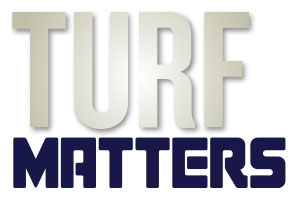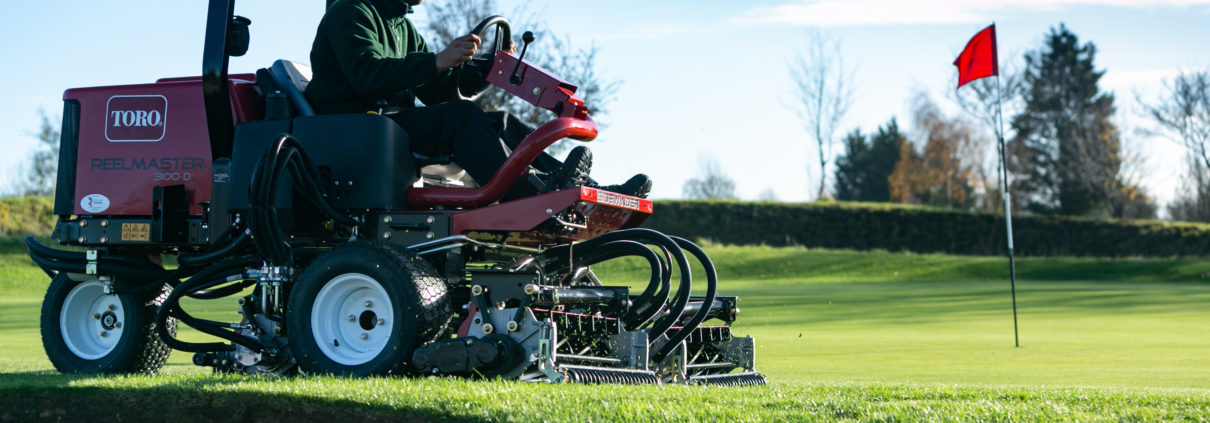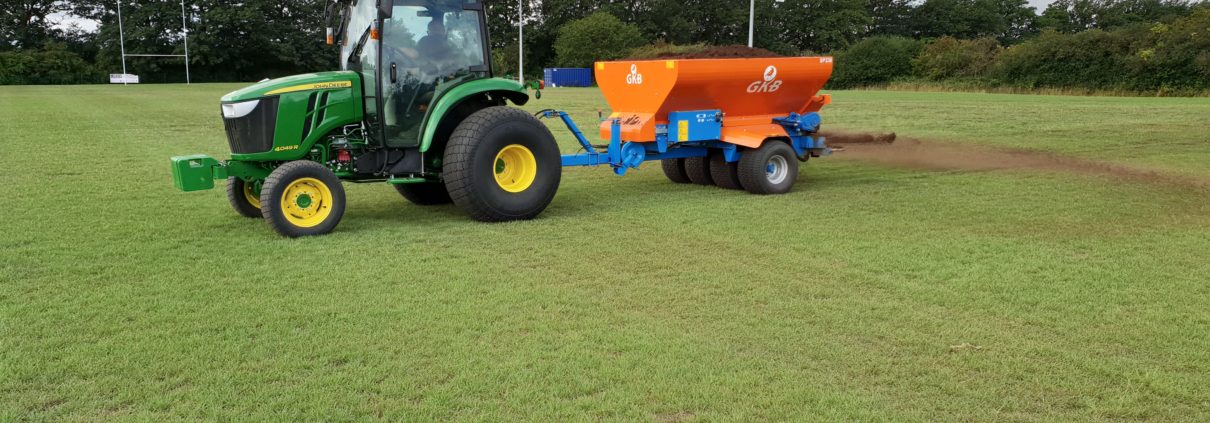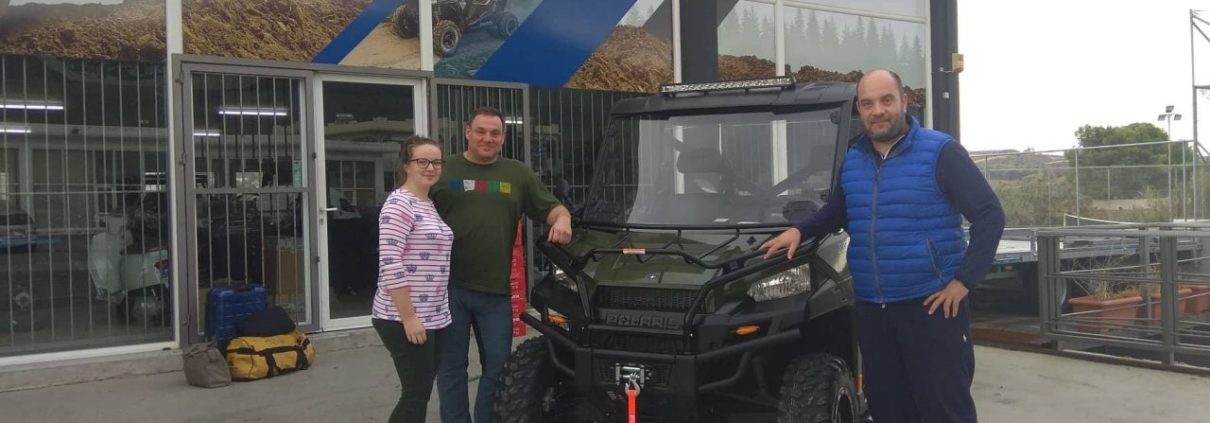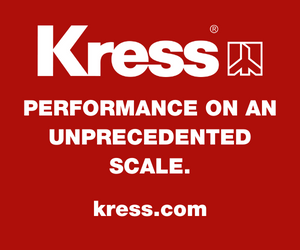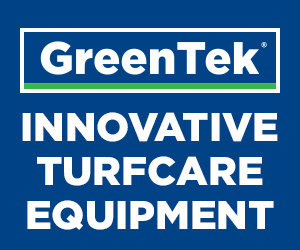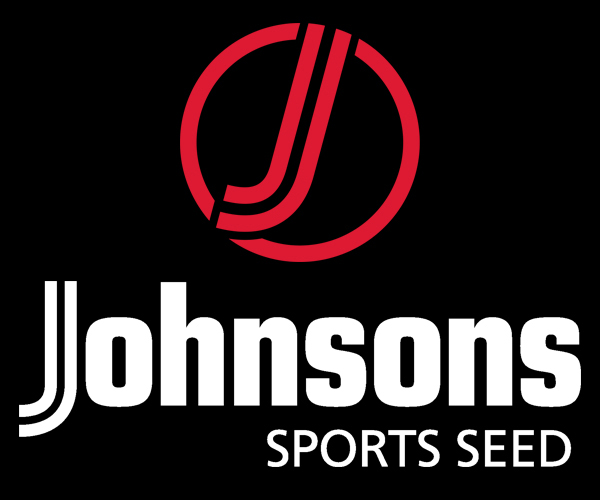“Toro The Future” At Mid Kent GC
“Toro The Future” At Mid Kent GC: Darryl Manion, the newly appointed course manager at Mid Kent Golf Club, has committed to increasing the club’s Toro fleet with a renewal agreement and four new machinery purchases in his first three months at the club in Gravesend.
Darryl arrived at Mid Kent Golf in 2000 and has worked his way up the club through senior and deputy roles before taking on the course manager position. He is dedicated to renewing the current Toro fleet and expanding it further.

He explains: “I’m not interested in changing a system that works. I want to make the club better, not take a step backwards. The service we get from Toro is second to none and to be honest I can’t think of anything better to suit the course’s needs. Our team works hard to keep standards high, but it would be useless if we didn’t have the right equipment behind us, which is why I want to continue with Toro.”
With Toro already front and centre at the club, Darryl explains why expanding is the right choice for Mid Kent: “The design of Toro machinery has always impressed me, they get the job done quickly which saves fuel and their durability in particular is better than any other brand I’ve used. The quality is undeniable really. I’ve only been in this role three months, but I’m already looking to the future and to what we can achieve. By renewing machines each year and updating the fleet, I know the quality of the course will only improve. The way I see it, Toro is the future for Mid Kent Golf Club.”
Mid Kent Golf Club, which is over a century old, is regularly referred to as a course of classic design and has long enjoyed glowing praise for the fact that the challenge and aesthetic layout of the course Willie Park Jr took great care in creating has never been diluted. This is a situation Darryl is keen to maintain.
“I’ve had experience with Toro for many years and there’s nothing else that meets the same standard. I’m lucky enough to be in a position to make investments to maintain the club’s charm and make improvements that mean we stay with the times – I want to take that opportunity and ensure the future of Mid Kent is the best it can be and going forward, that means Toro.”
The club currently boasts a comprehensive collection of Toro machines and utility vehicles plus two TYM tractors so there’s no question the club has long recognised the value they bring. With a Workman MDX-D and Groundsmaster 4700-D purchased this year, and a Reelmaster 3100-D and Greensmaster Triflex Hybrid 3420 on order, the fleet is expanding and with Darryl in charge there have been no delays in making that happen.
“The new machines are going to be a great addition to the fleet we have already,” says Darryl. “Each machine we get from Toro always works perfectly for the job it’s intended for, which is what makes them different to other brands. I think my favourite machine is the Reelmaster 3100-D Sidewinder, because I know it’s going to be a job well done before I even start. It gives good definition around the greens which is really important and, of course, very satisfying.”
For more information, visit: reesinkturfcare.co.uk
For the latest industry news visit turfmatters.co.uk/news
Get all of the big headlines, pictures, opinions and videos on stories that matter to you.
Follow us on Twitter for fun, fresh and engaging content.
You can also find us on Facebook for more of your must-see news, features, videos and pictures from Turf Matters.
